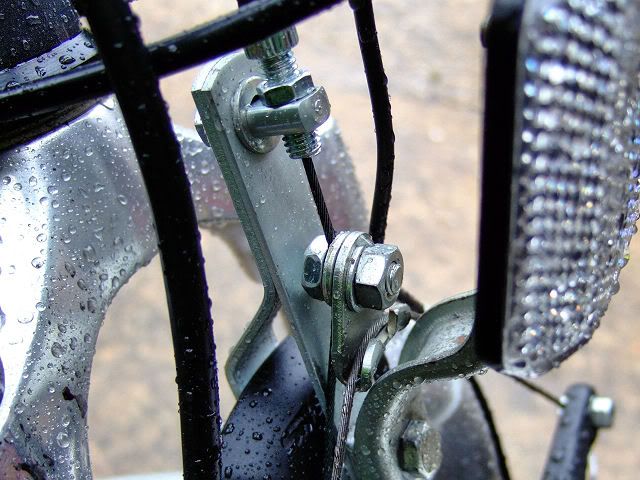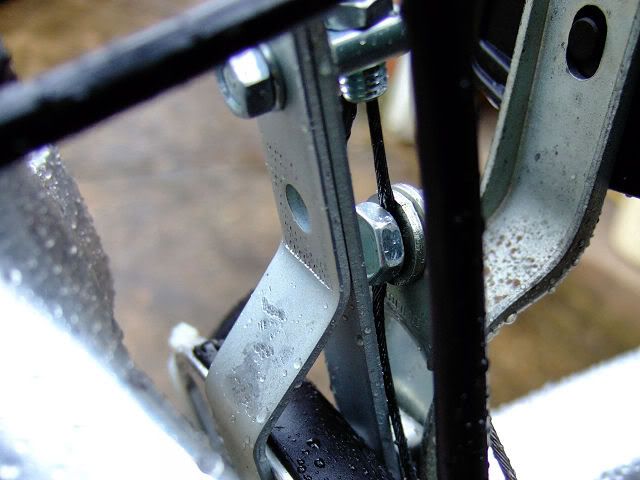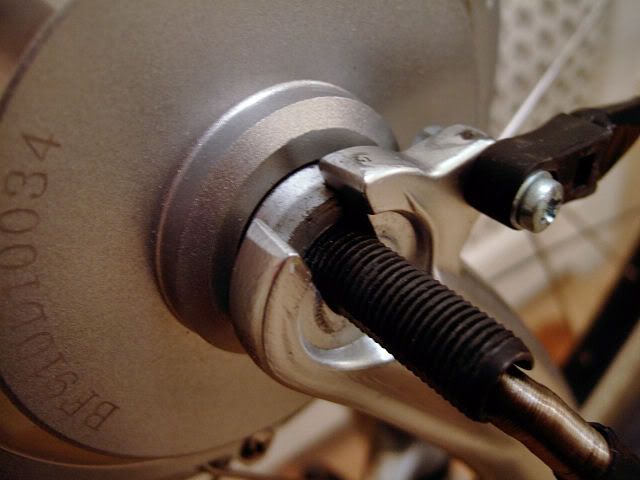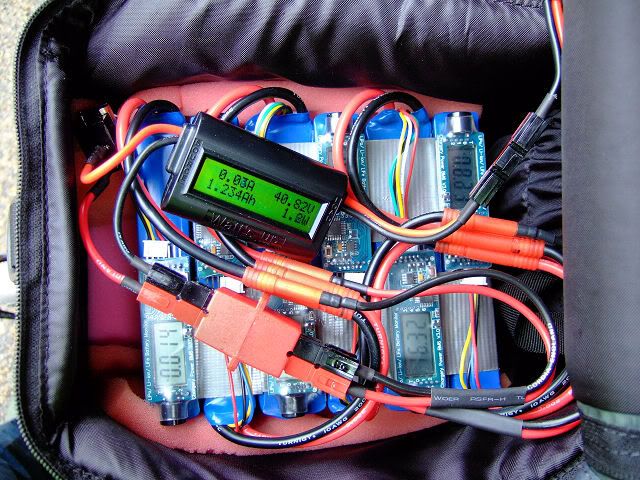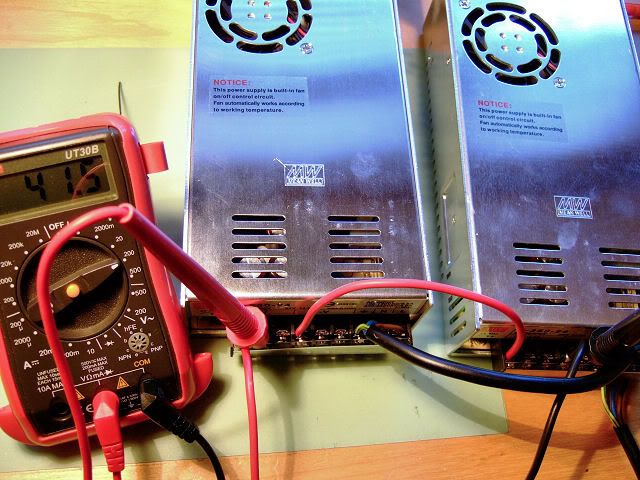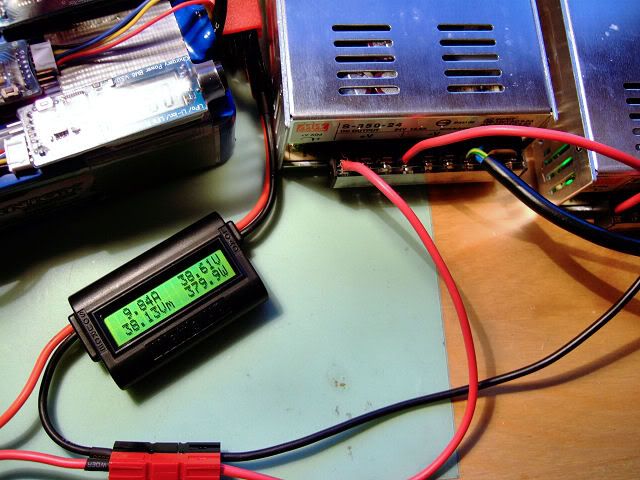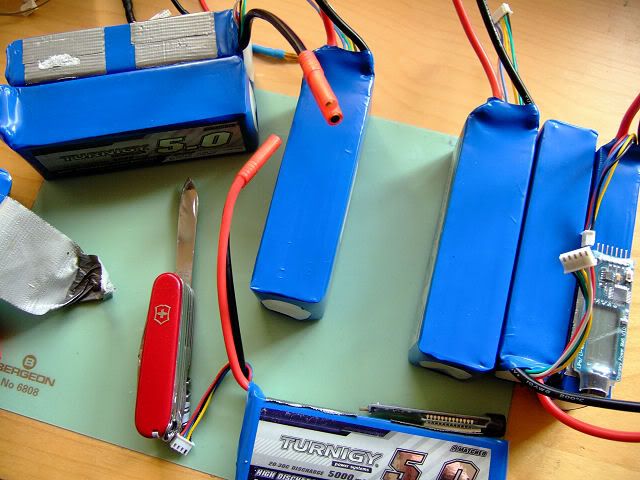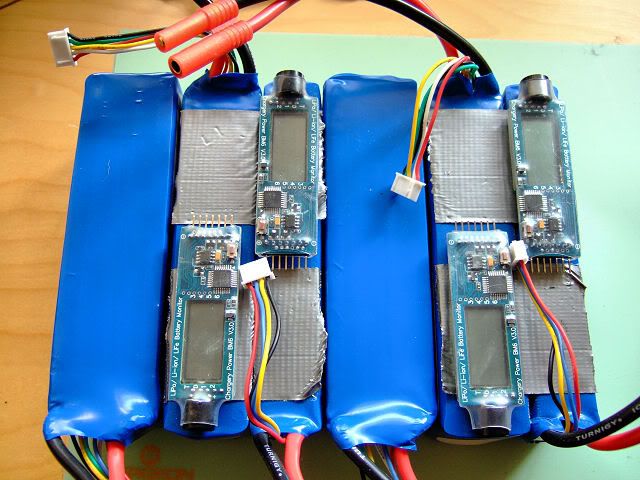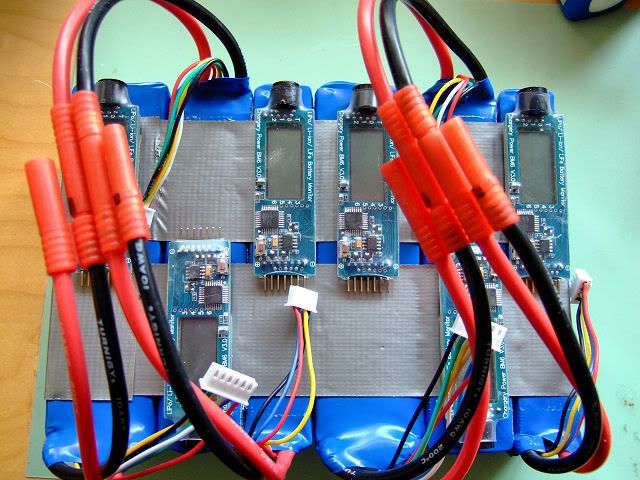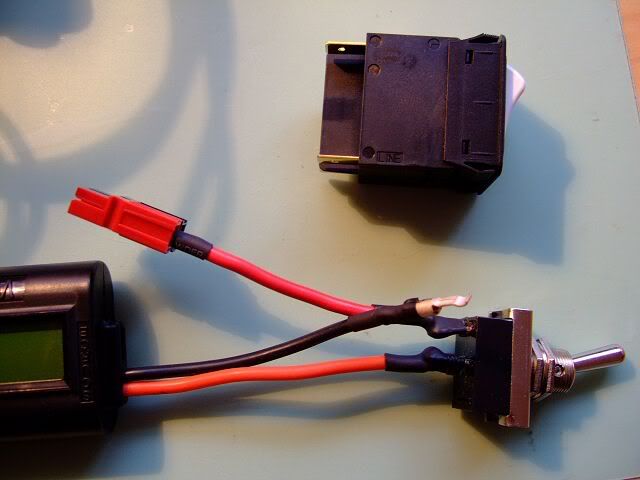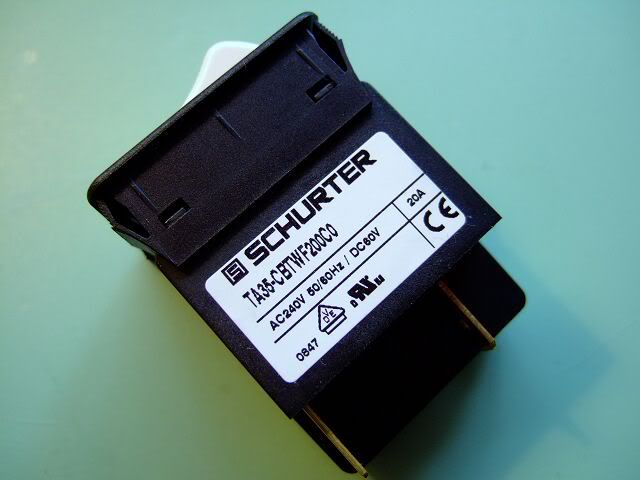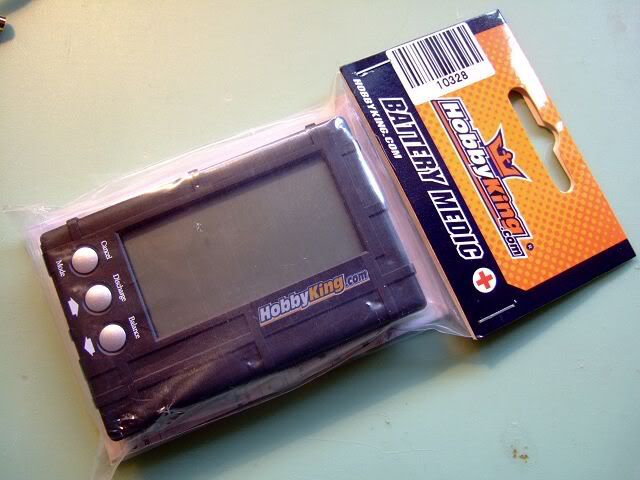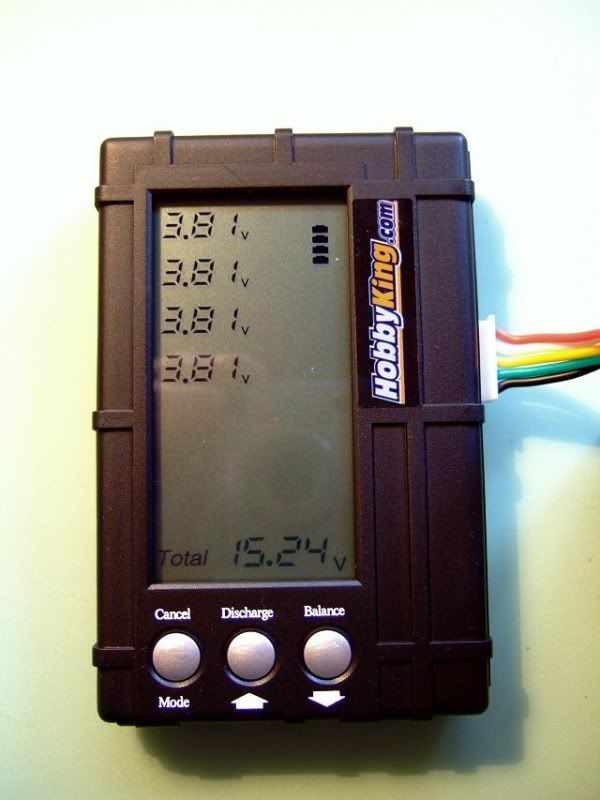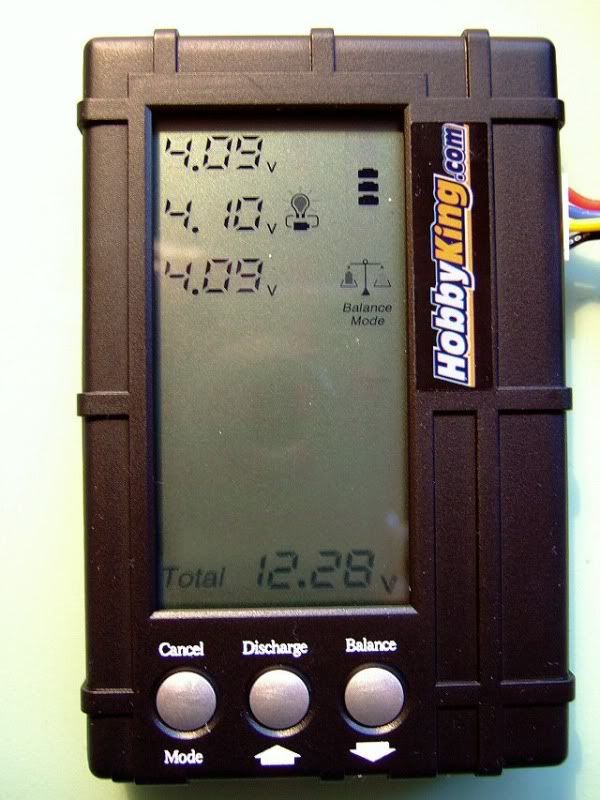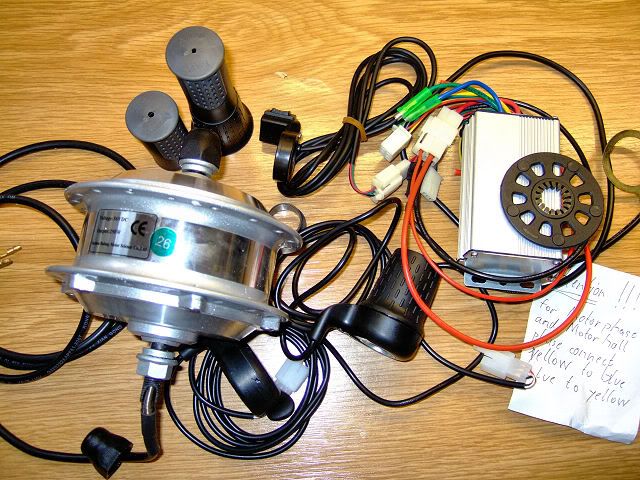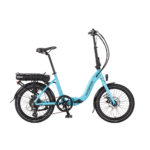Been out on my first test ride. Good weather for testing (not!) ..the bike passed but I need to improve my wet weather clothing! 
Love the front forks. They work really well and help soak up the bumps...wish I had fitted them sooner. Found the Pedelec doesn't work, may have the sensor disk on the wrong way 'round but everything else worked a treat.
The three speed switch works well, I really like the low speed setting for pottering along, assisted to 10mph as predicted. The middle setting was good for 15mph and the high setting for about 19mph. Not bad. I wonder if this controller would work on the Alien...
Hill climbing was good, I was concerned given the 700C wheel but it coped well and seems a bit better than the direct drive Cohnis motor. Also, it's a lot quieter than the Bafang on my Alien, which really whines up hill, you can here this one buts is more subdued...
This controller is definitely set for 20+amps! I managed a peak 21amp draw and an 860W peak! Not sure I want to raise the voltage much more
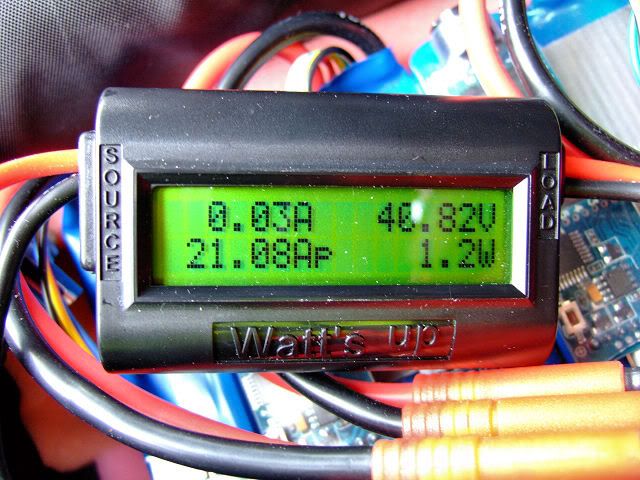
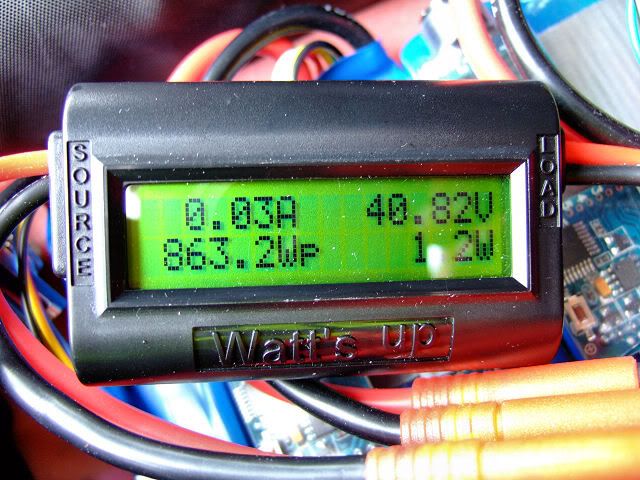
Riding unassisted is also now a pleasure, sure you can just feel the drag from the motor but its ridable now, much more so than with the Cohnis and perhaps a little better than the Alien despite the Alien still being lighter.
Love the front forks. They work really well and help soak up the bumps...wish I had fitted them sooner. Found the Pedelec doesn't work, may have the sensor disk on the wrong way 'round but everything else worked a treat.
The three speed switch works well, I really like the low speed setting for pottering along, assisted to 10mph as predicted. The middle setting was good for 15mph and the high setting for about 19mph. Not bad. I wonder if this controller would work on the Alien...
Hill climbing was good, I was concerned given the 700C wheel but it coped well and seems a bit better than the direct drive Cohnis motor. Also, it's a lot quieter than the Bafang on my Alien, which really whines up hill, you can here this one buts is more subdued...
This controller is definitely set for 20+amps! I managed a peak 21amp draw and an 860W peak! Not sure I want to raise the voltage much more


Riding unassisted is also now a pleasure, sure you can just feel the drag from the motor but its ridable now, much more so than with the Cohnis and perhaps a little better than the Alien despite the Alien still being lighter.
Last edited:


